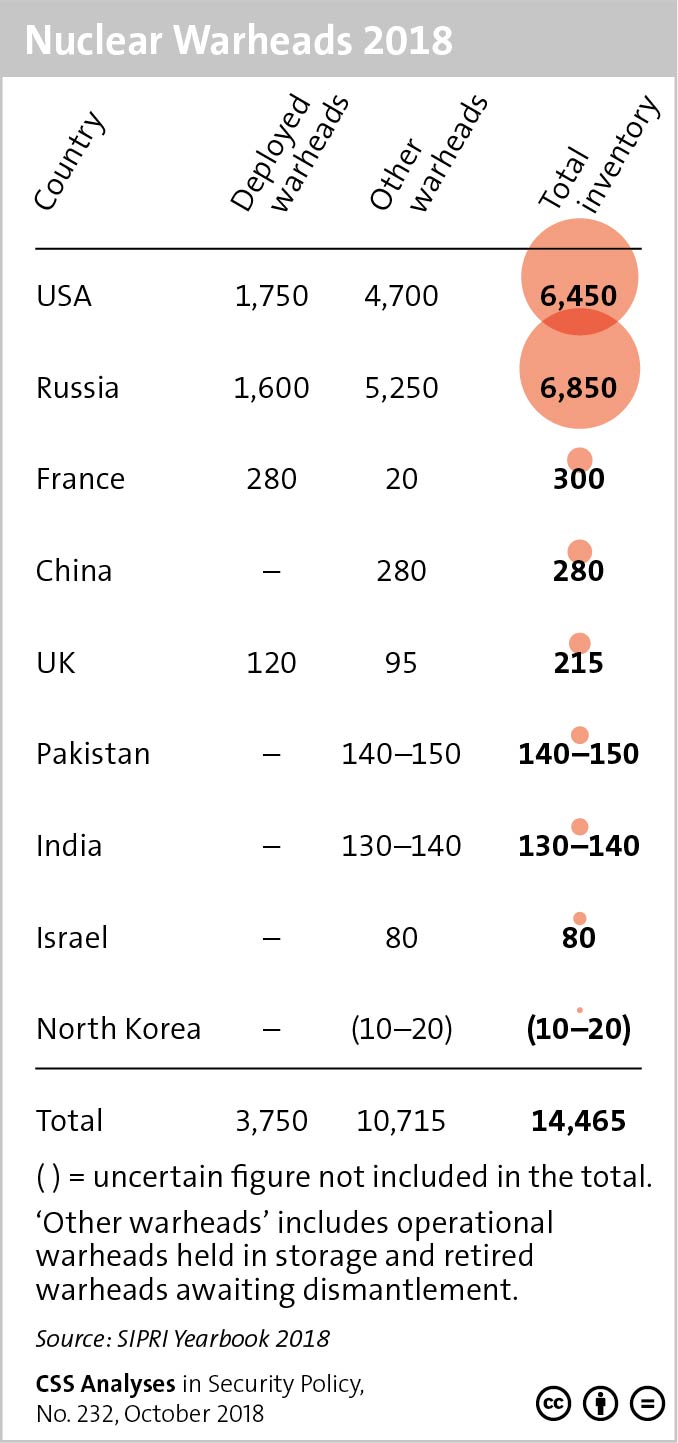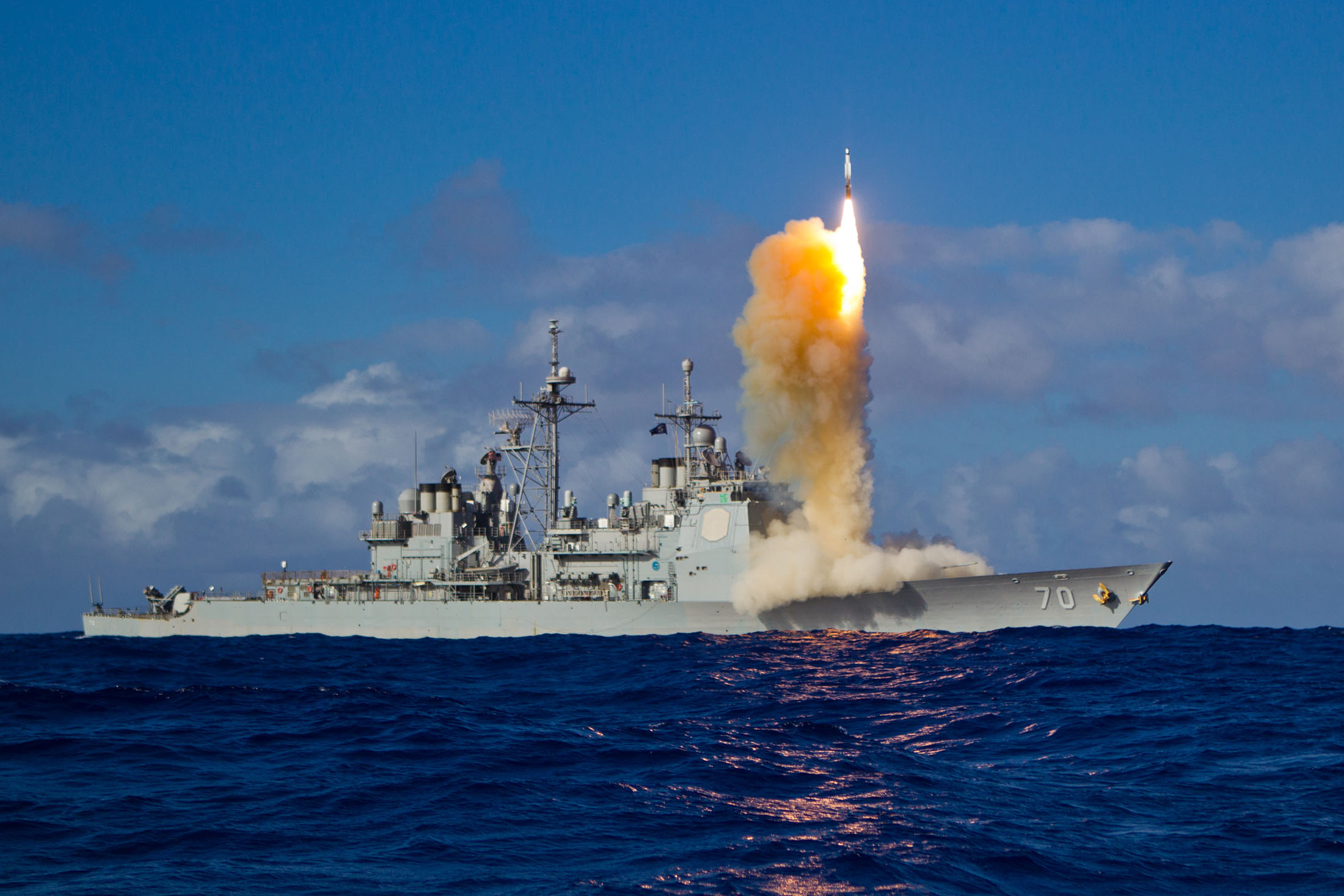
This graphic shows the number of nuclear warheads owned by each country known to have nuclear weapons. For more on trends in nuclear arms control, see Oliver Thränert’s CSS Analyses in Security Policy series here.

This graphic shows the number of nuclear warheads owned by each country known to have nuclear weapons. For more on trends in nuclear arms control, see Oliver Thränert’s CSS Analyses in Security Policy series here.
This graphic shows the number of nuclear warheads owned by each country known to have nuclear weapons. For more on trends in nuclear arms control, see Oliver Thränert’s recent addition to the CSS Analyses in Security Policy series here. For more CSS charts, maps and graphics on proliferation, click here.

This article was originally published by the Harvard International Review on 20 August, 2015.
The “Ukraine crisis” concerns more than lofty European values, Ukrainian humanitarian issues, or abstract international law. Russia’s attack on Ukraine is also an assault on the world’s nuclear nonproliferation regime. It subverts the logic of the 1968 Treaty on the Non-Proliferation of Nuclear Weapons (NPT). Given its purpose of curtailing the spread of weapons of mass destruction, namely nuclear missiles and atomic bombs, the NPT is one of the most important international accords in human history.

NATO’s missile defense program remains mired in controversy because of its disputed costs, feasibility and strategic necessity, and because of how it has negatively impacted the Alliance’s relations with Russia. To discuss these and related issues, ETH Zurich’s Center for Security Studies (CSS) recently hosted an Evening Talk on the future of NATO missile defense. The guest speakers were Roberto Zadra, who heads the Ballistic Missile Defense Section in NATO’s Defense Investment Division, and Bruno Rösli, who is the Deputy Director of Security Policy for the Swiss Federal Department of Defense, Civil Protection and Sport.

This article was originally published by Stratfor on 15 June 2014.
About two and a half years ago, while spending a few months in Ukraine, I left Kiev to take a trip through the Baltic states. On a cold winter day in the middle of October, I flew into Tallinn, the capital of Estonia. From there I would travel exclusively by bus from Tallinn on the Baltic Sea to Tartu in southern Estonia, then on to Riga, Latvia, and finally to Vilnius in southern Lithuania.